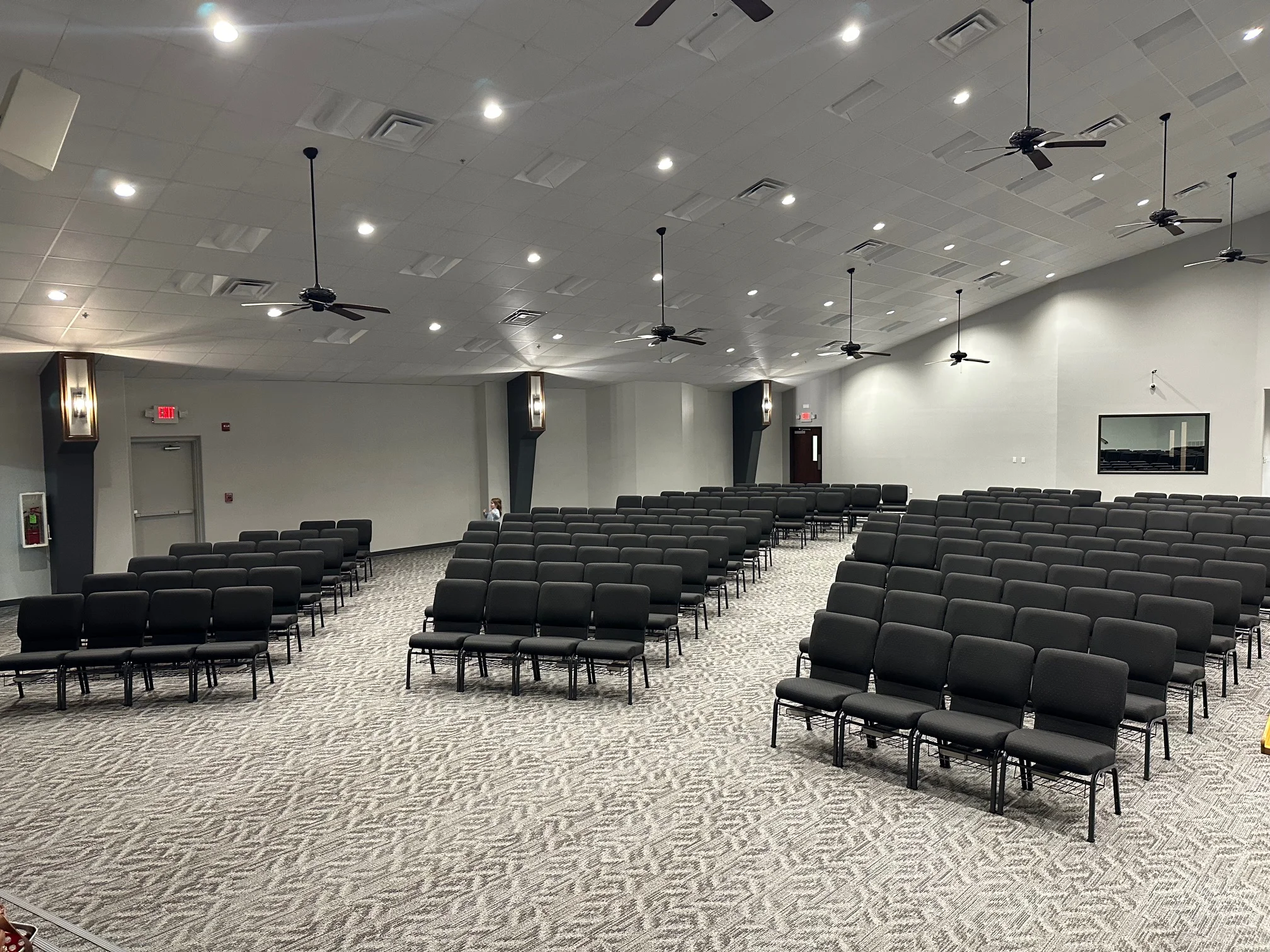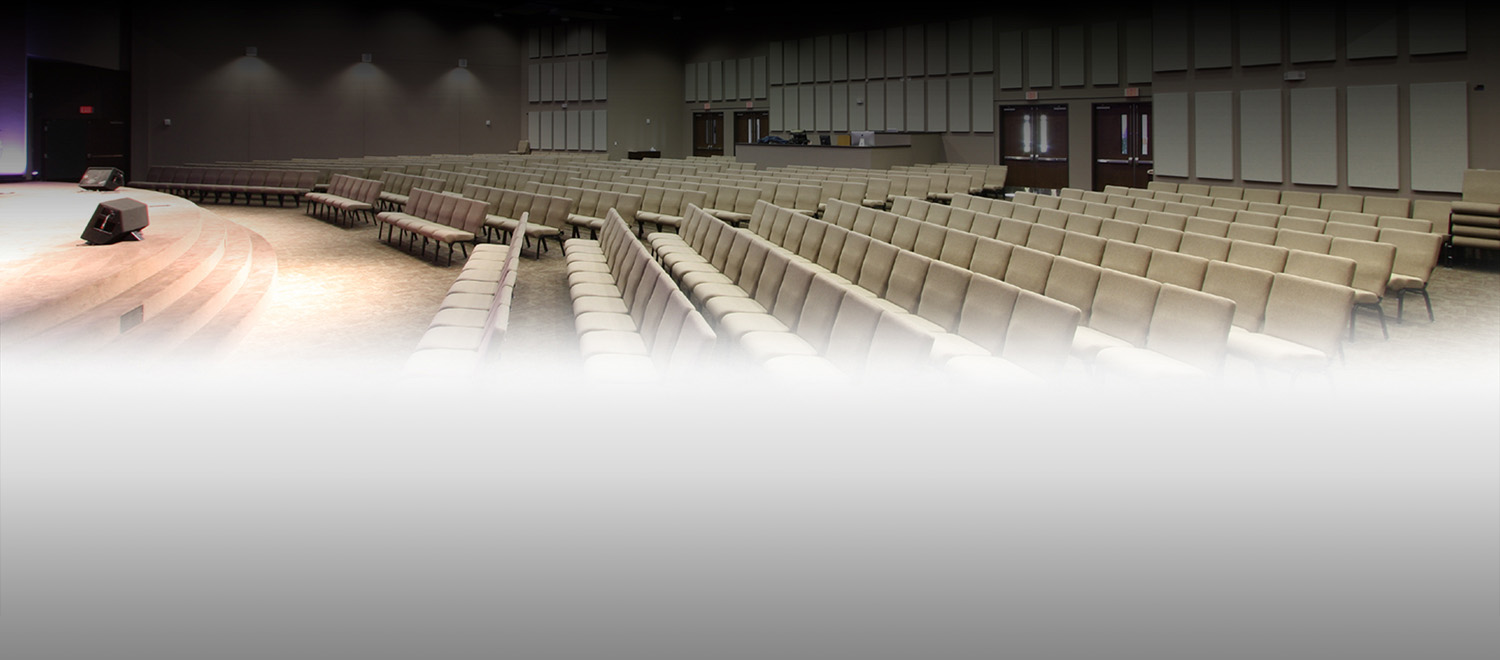The history of church seating reflects the changing priorities, architectural styles, and needs of worship communities over centuries. From rigid...
Read More
The Evolution of Church Seating: From Pews to Modern Chairs

The history of church seating reflects the changing priorities, architectural styles, and needs of worship communities over centuries. From rigid wooden pews to ergonomic and versatile modern chairs, the evolution of church seating tells a story of innovation, inclusivity, and a growing focus on congregational comfort. Let’s explore how church seating has transformed over time and what it means for today’s worship spaces.
The Birth of the Pew: Early Church Seating
In the early days of Christian worship, formal seating as we know it today was virtually non-existent. Services were often held in private homes or open spaces where congregants stood or sat on the ground. Seating began to evolve as Christianity gained acceptance and dedicated church buildings were constructed.
- Medieval Times:
During the Middle Ages, fixed wooden benches started to appear in churches, and by the 14th century, pews became the standard seating arrangement in many Western churches. These pews were often simple, long wooden benches with no backs, reflecting the austerity of the time. - Ownership and Rentals:
Interestingly, pews in many churches during the 16th and 17th centuries were owned or rented by families. Wealthier congregants often paid for elaborate, enclosed pews that provided privacy and status. This practice highlighted the social hierarchy of the era, even within places of worship.
The Peak of Pews: Traditional Fixed Seating
As churches grew larger and more structured, church pews became an integral part of worship spaces. By the 18th and 19th centuries, they were typically crafted from high-quality wood and designed with intricate carvings, reflecting the artistic and architectural trends of the period.
- Advantages of Pews:
Fixed pews provided structure and order to worship spaces, helping accommodate large congregations. They were also durable, lasting for decades, and contributed to the traditional aesthetic of churches. - Limitations of Pews:
Despite their durability, pews were often uncomfortable, with minimal attention paid to ergonomics. Their fixed nature also made them inflexible for multi-use spaces, limiting their functionality in modern worship settings.
The Shift to Modern Church Seating
The 20th century saw a gradual shift from traditional pews to more versatile and comfortable seating options. This transition was driven by changing worship practices, architectural innovations, and the need for more inclusive and flexible worship spaces.
- Chairs Enter the Scene:
Chairs began to replace pews in many churches, offering a range of benefits such as portability, flexibility, and enhanced comfort. Stackable and interlocking chairs became popular, allowing for easy reconfiguration of seating arrangements to suit different events and services. - Focus on Comfort:
The shift toward ergonomic seating designs reflects a growing recognition of the importance of congregational comfort. Padded chairs with lumbar support and contoured seats are now standard in many worship spaces. - Inclusion and Accessibility:
Modern church seating also prioritizes inclusivity, with designs that accommodate individuals with mobility challenges. Chairs with armrests, wheelchair-accessible spaces, and modular configurations ensure that all congregants feel welcome. - Material and Aesthetic Innovations:
Advances in materials have allowed for the creation of chairs that are not only durable but also visually appealing. Churches can now choose from a wide range of upholstery options, colors, and finishes to complement their sanctuary’s décor.
Why Modern Chairs Are the Preferred Choice Today
Modern church chairs offer a host of advantages that make them the go-to option for contemporary worship spaces:
- Flexibility: Stackable and interlocking chairs provide the flexibility to rearrange seating layouts for various events, from worship services to community gatherings.
- Comfort: Ergonomic designs and high-quality padding ensure that congregants can focus on their spiritual experience without discomfort.
- Aesthetic Variety: With customizable options, modern chairs can match any architectural style, from traditional to contemporary.
- Space Efficiency: Stackable designs allow for easy storage, maximizing the utility of multipurpose spaces.
- Durability: Chairs made from sturdy materials like metal or high-grade wood are built to last, even with frequent use.
What the Future Holds for Church Seating
The evolution of church seating continues as new technologies and trends emerge. Some innovations on the horizon include:
- Smart Seating: Chairs integrated with technology, such as charging ports for devices or built-in audio systems, are becoming a possibility.
- Eco-Friendly Designs: Sustainable materials and manufacturing processes are gaining traction as churches prioritize environmental stewardship.
- Hybrid Spaces: As more churches adopt multipurpose spaces, seating solutions will become even more adaptable and modular.
The journey from simple wooden benches to sophisticated, ergonomic chairs reflects the dynamic nature of worship practices and the evolving needs of congregations. At ChairsForWorship™, we are proud to be part of this legacy, offering seating solutions that combine comfort, functionality, and beauty.
Whether your church prefers the timeless elegance of wooden chairs or the sleek versatility of metal and upholstered options, we are here to help you find the perfect seating for your worship space. Contact us today to learn more about our wide range of church seating solutions and discover how we can enhance your sanctuary’s design and functionality.
Related Posts

When designing a worship space, selecting the right seating is one of the most important decisions you’ll make. Worship chairs...
Read More

Modern worship spaces are evolving, no longer serving solely as venues for traditional services. Many churches now function as community...
Read More

Comfort plays a vital role in the worship experience. Congregants spend significant time seated during services, and uncomfortable seating can...
Read More








